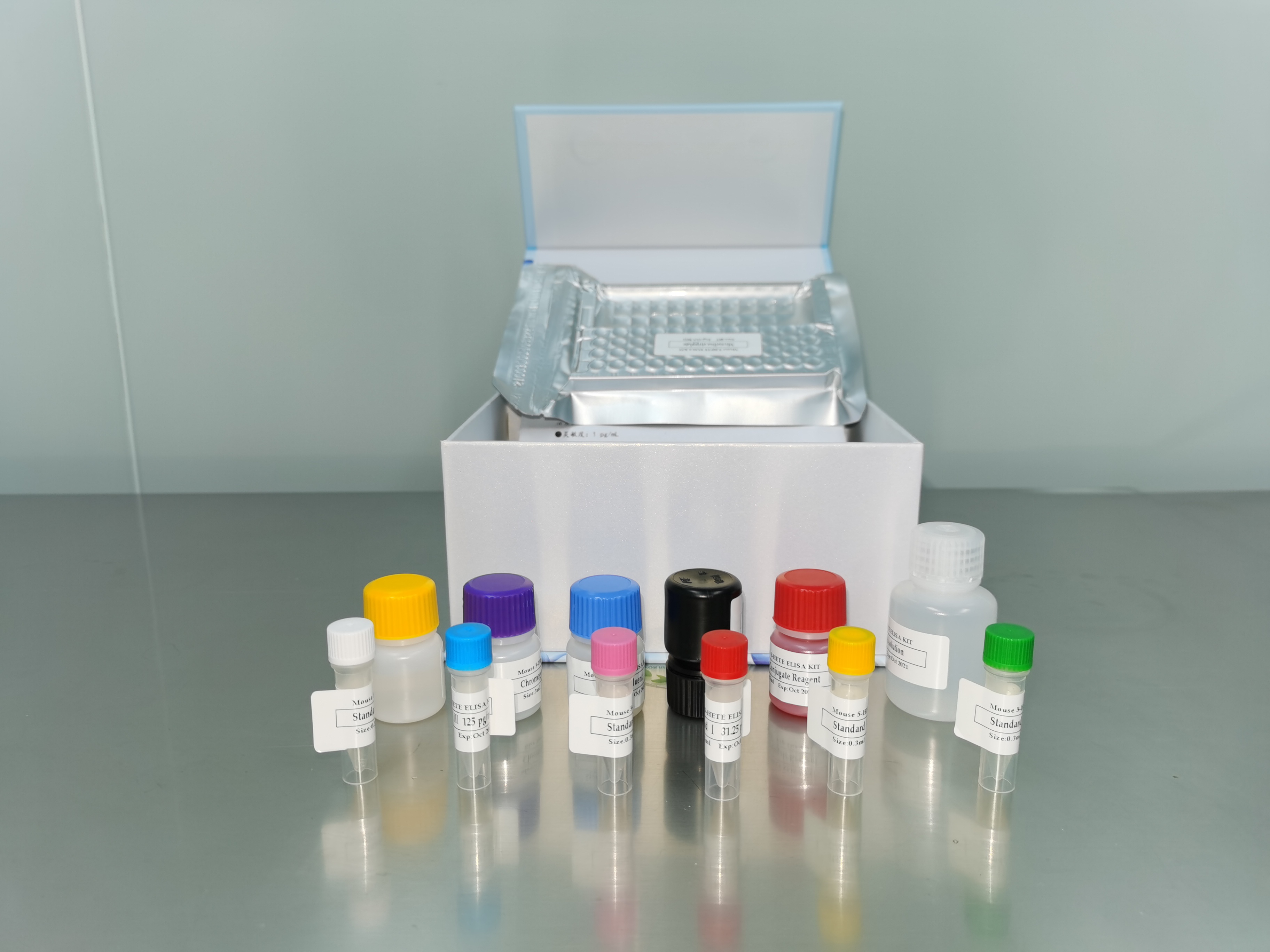| 产品名称: | Acanthamoeba castellanii (Douglas) Page |
|---|---|
| 商品货号: | TS142343 |
| Strain Designations: | OS4-7B/Neff |
| Biosafety Level: | 1
Biosafety classification is based on U.S. Public Health Service Guidelines, it is the responsibility of the customer to ensure that their facilities comply with biosafety regulations for their own country. |
| Isolation: | soil, Pacific Grove, CA, 1957 |
| Product Format: | freeze-dried |
| Storage Conditions: | Freeze-dried: 2°C to 8°C |
| Axenic/Xenic: | Axenic |
| Type Strain: | no |
| Comments: | May be equivalent to ATCC 30010. Subgenus systematics based upon SSU rDNA sequence data |
| Medium: | ATCC® Medium 712: PYG w/ Additives |
| Growth Conditions: | Temperature: 25°C |
| Cryopreservation: |
|
| Name of Depositor: | TJ Byers, RJ Gast |
| Chain of Custody: | ATCC <-- TJ Byers, RJ Gast <-- R.J. Neff |
| Year of Origin: | 1957 |
| References: | Gast RJ, et al. Subgenus systematics of Acanthamoeba: Four nuclear 18S rDNA sequence types. J. Eukaryot. Microbiol. 43: 498-504, 1996. PubMed: 8976608 Stothard DR, et al. The evolutionary history of the genus Acanthamoeba and the identification of eight new 18S rRNA gene sequence types. J. Eukaryot. Microbiol. 45: 45-54, 1998. PubMed: 9495032 Stothard DR, et al. Fluorescent oligonucleotide probes for clinical and environmental detection of Acanthamoeba and the T4 18S rRNA gene sequence type. J. Clin. Microbiol. 37: 2687-2693, 1999. PubMed: 10405422 Schroeder JM, et al. Use of subgenic 18s ribosomal dna pcr and sequencing for genus and genotype identification of acanthamoebae from humans with keratitis and from sewage sludge. J. Clin. Microbiol. 39: 1903-1911, 2001. PubMed: 11326011 Ledee DR, et al. Advantages of using mitochondrial 16S rDNA sequences to classify clinical isolates of Acanthamoeba. Invest. Ophthalmol. Vis. Sci. 44: 1142-1149, 2003. PubMed: 12601042 |
| Cross References: | Nucleotide (GenBank) : U07416 nuclear SSU rRNA gene |


